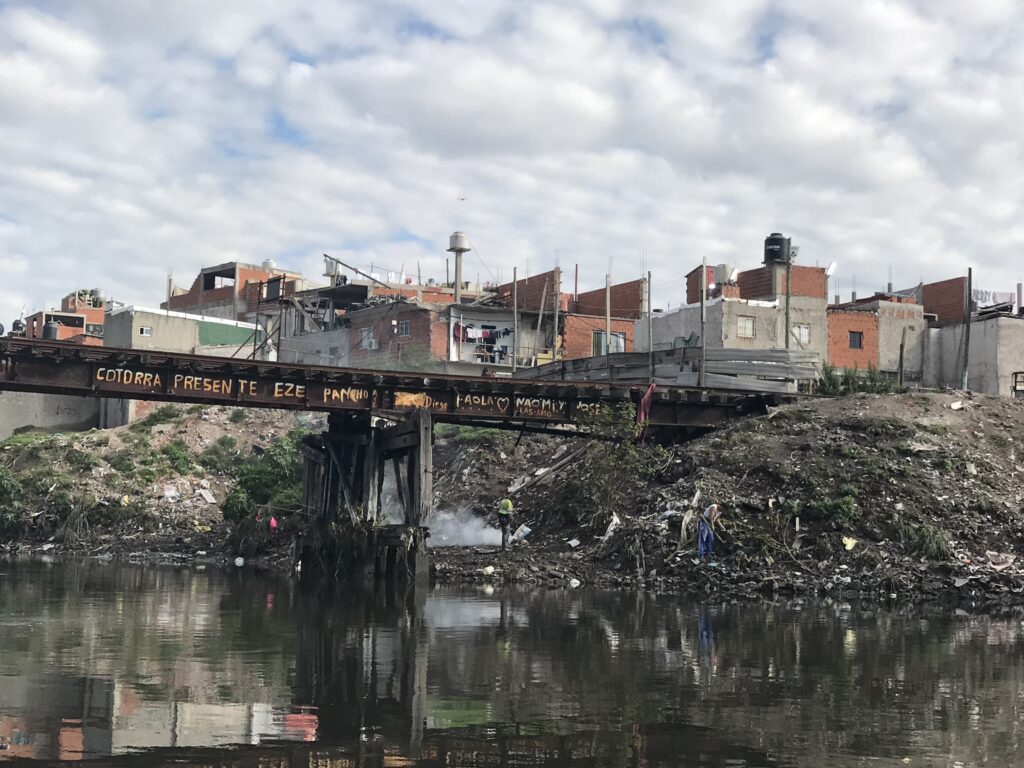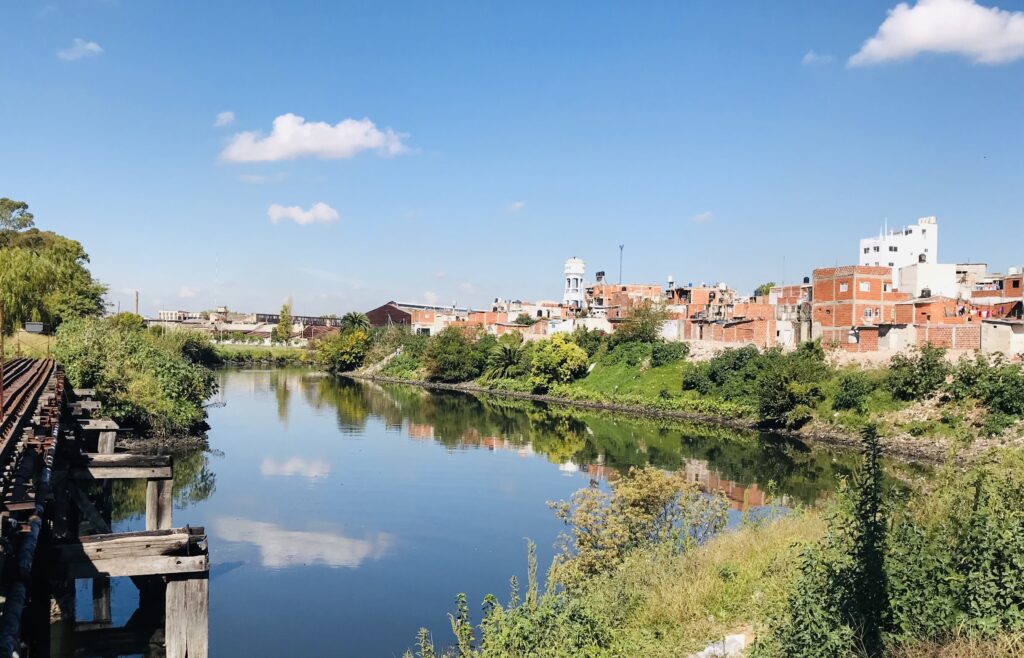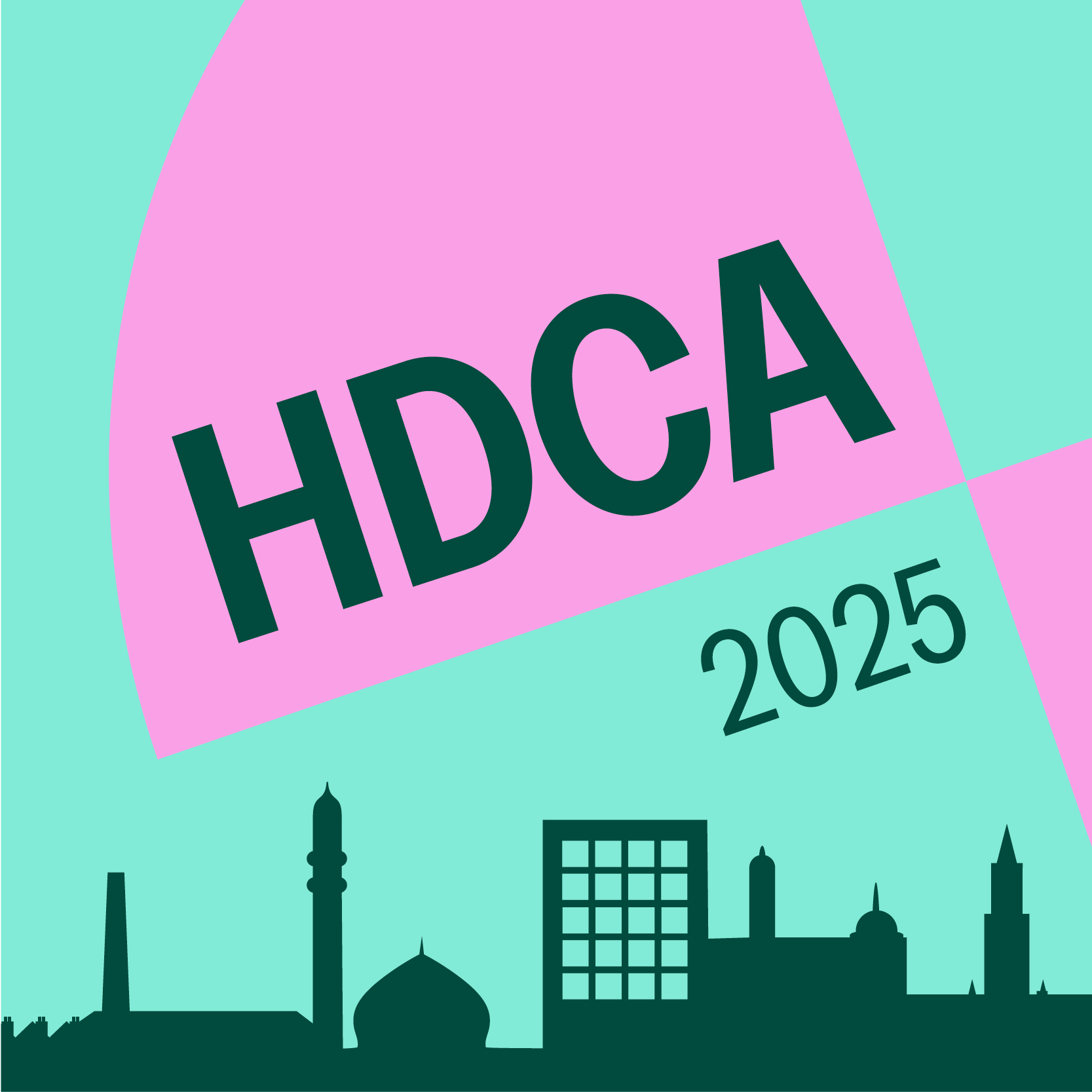Urbanization patterns drive environmental inequality in Latin America, but meaningful community participation and genuine political will are essential to ensuring just resettlement, and lasting change, says Ann Mitchell.
Ann Mitchell, Universidad Católica Argentina
The protection and restoration of the environment and the pursuit of social equity are two of today’s greatest policy priorities. Yet not enough is known about the tensions and synergies between these two objectives. Do actions to clean up environmental degradation necessarily improve social equity? Under what conditions are social equity and care for the environment addressed jointly?
An article recently published in Oxford Development Studies by myself and Mariano Rabassa of the Universidad Católica Argentina titled “Inequality in environmental risk exposure and procedural justice in the Matanza-Riachuelo River Basin” seeks to answer these questions by analyzing the most industrialized and contaminated river basin in Argentina and one of the most polluted worldwide. The Matanza-Riachuelo River Basin (MRB), which has a population of 4.7 million has been the focus of an environmental remediation plan introduced in 2010.

Image courtesy of Ann Mitchell
The environmental justice literature suggests that the interconnection between the goals of social equity and care for the environment depend, first, on the initial distribution of environmental burdens and benefits and, second, on procedural justice, meaning the extent to which people can be active agents and contribute to the decision-making processes that affect their lives (Banzhaf et al., 2019; Mohai et al., 2009). These insights from the environmental justice literature helped define the dual focus of the article.
In the paper, we first use census tract level data and a spatial regression model to analyze the correlation between social deprivation and three types of environmental risk: environmental incidence of productive establishments, open-air waste dumps, and proximity to surface water contamination. To measure deprivation in the space of capabilities and functionings, we then apply the Alkire-Foster method and specialized software (REDATAM+7), to construct multidimensional poverty measures at the census tract level based on household level data.
Our findings reveal some interesting and somewhat surprising results. We found that that lower multidimensional poverty areas face greater exposure to the incidence of productive establishments, finding that runs counter to both the generalized perception in the case of the MRB and environmental justice research from high-income countries. However, these patterns are consistent with some research from other Latin American countries (Mexico and Brazil), suggesting that this result is related to the socio-spatial pattern of urbanization in Latin America where wealthier households and businesses are usually located in city centers with better infrastructure, while poorer communities tend to be on the city's outskirts. In contrast, there is a positive correlation between multidimensional poverty and exposure to open-air waste dumps. This suggests that waste dump clean-up should be policy priority as it produces synergies between social equity and environmental restoration objectives. Nevertheless, given the dependence of many poor households on urban recycling as a livelihood strategy, such policies need to ensure the creation of alternative employment opportunities for impacted households.
In the second half of the paper, we analyze procedural justice in the resettlement of households living in areas of extreme environmental risk in informal settlements, the component of the environmental remediation plan that most directly impacted the poorest households, based on site visits and semi-structured interviews with people involved in the environmental remediation and resettlement process and document analysis.
The results of the qualitative analysis show a clear connection between greater local participation in decision-making processes and better outcomes for the affected households. Opportunities for participation were entirely absent during the first stage of resettlement. Households were given a 48-hour notice before being relocated to a housing complex in the most economically depressed area of the city, leading to a sharp decline in connectivity and access to public services. As the resettlement process progressed, the affected households increasingly obtained legal counsel from civil society organizations and public entities, such as Office of the Public Defender. The housing authority began to convene workshops with affected households, but these meetings tended to be irregular, were used to inform rather than involve families in decision-making, and the agreements reached at the meetings were often not respected by the authorities.

Image courtesy of Ann Mitchell
A more substantive form of participation was achieved only in the case of the Villa 21-24, the City of Buenos Aires’ largest informal settlement, which had a long history of civic and political participation. The principal demand of the body of delegates representing affected households was relocation to housing complexes close to the neighborhood of origin to avoid disrupting access to local support networks. The neighborhood also held intrinsic value, rooted in a common identity forged through years of shared struggle—an idea that resonates with Schlosberg’s (2012) work on recognition and people’s attachment to place. The delegates identified nearby abandoned lots suitable for housing construction and, following a large demonstration and blockade of the city center’s largest avenue, the city legislature approved a law declaring the identified lands of public interest and subject to expropriation for the construction of new housing. Through active political contestation, this neighborhood was able to shape the resettlement process. The agreements reached in this community’s working group sessions formed the basis for the adoption of protocols setting standards for resettlements throughout the river basin. This experience echoes Holland’s (2017) idea of a “transformative process” where communities actively shape procedures to govern their futures, leading to the institutionalization of decision rules for resettlement. It, however, highlights an important point: the success of participatory processes depends on the political will of the government in power. Residents were able to exert influence through civic action while the housing authority was led by a receptive leader. Later, however, the process stalled as the public authority diverted resources elsewhere and abandoned the area leaving piles of debris from demolished dwellings and unfinished renovations in dwellings damaged by the demolitions. Achieving a more transformative form of participation, therefore, requires more than just access to external legal support and an active grassroots civil society: it also depends on committed political leadership willing to see these processes through and uphold community voices. Only then can participatory efforts truly lead to lasting change.
References
Banzhaf, S., Ma, L., & Timmins, C. (2019). Environmental justice: The economics of race, place, and pollution. Journal of Economic Perspectives, 33(1), 185–208.
Holland, B. (2017). Procedural justice in local climate adaptation: political capabilities and transformational change. Environmental Politics, 26(3), 391–412.
Mohai, P., Pellow, D., & Timmons Roberts, J. (2009). Environmental justice. Annual Review of Environment and Resources, 34(1), 405–430.
Schlosberg, D. (2012). Climate Justice and Capabilities: A Framework for Adaptation Policy. Ethics & International Affairs, 26(4), 445–-461.
Author:
Ann Mitchell is professor of social development, director of the Department of Research and director of the Center for Sustainable Human Development of the Faculty of Economics of the Universidad Católica Argentina in Buenos Aires. Her research interests and publications are on multidimensional poverty, human development, living conditions in informal settlements, civil society, and the design and evaluation of social programs. Ann has worked extensively with civil society organizations in Argentina and today serves as Treasurer of the Human Development and Capability Association. She obtained her PhD in Economics from the University of Maryland, USA.
This blog is based on the following publication: Mitchell, A. & Rabassa, M. (2024). Inequality in environmental risk exposure and procedural justice in the Matanza-Riachuelo River Basin. Oxford Development Studies 52(4), 360-380. The article forms part of a special issue on “Social equity and care for the Earth: tensions and synergies in Latin America” edited by Severine Deneulin.

